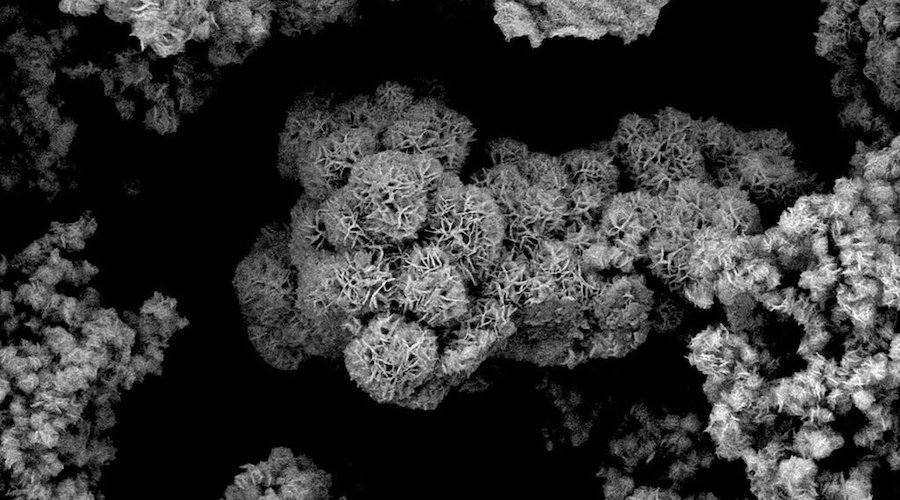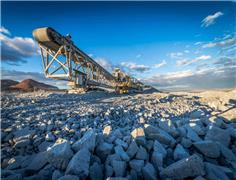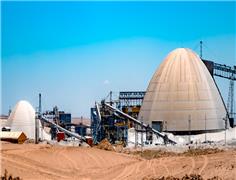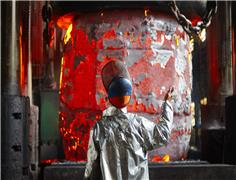- Write by:
-
Tuesday, July 5, 2022 - 13:23:04
-
697 Visit
-
Print

Mining News Pro - Researchers at the Vienna University of Technology (TU Wien) have developed a solution that allows for the production of liquid methanol from carbon dioxide using a catalyst material made of sulphur and molybdenum.
The new technology, already patented and in the process of being brought to industrial scale, is meant to sequester CO2 from the exhaust gas stream of large industrial plants.
“To convert carbon dioxide, catalysts based on copper have often been used so far,” Karin Föttinger, one of the scientists involved in the project, said in a media statement.
“However, they have the disadvantage that they are not robust. If there are certain other substances in the exhaust gas stream besides carbon dioxide, for example, sulphur, the catalyst quickly loses its activity. It is said that the catalyst is poisoned.”
Given this situation, Föttinger and her team set out to find a better material.
“If you want to use such methods not only in the laboratory but also on a large scale in industry, then you need a catalyst that is perhaps a little less active, but robust, durable and reliable,” Föttinger said. “You want to be able to process quite ordinary industrial waste gases without pre-treatment.”
The group was able to show that catalysts based on sulphur and molybdenum fulfill these requirements. Special additional elements, such as manganese, ensure that carbon dioxide, which is actually very unreactive, is activated and converted.
By choosing such additional elements, the properties of the catalysts can be precisely adapted to the desired area of application. In this way, methanol can now be produced from waste gas containing CO2.
“Methanol is an attractive product. It is liquid at room temperature, so it can be stored without any problems. It is needed in the industry; up to now it has normally been produced from fossil raw materials,” Föttinger said. “But it is also possible to use our catalysts to produce other molecules, such as higher alcohols. We are currently still working on figuring out exactly how best to choose parameters like pressure and temperature to produce different products.”
In the researcher’s view, the novel catalyst is likely to make an important contribution to making industry climate-neutral and closing material cycles.
Short Link:
https://www.miningnews.ir/En/News/621687

Mining and transport conglomerate Grupo Mexico on Friday reported that its net profit for the last three months of 2023 ...

Mining News Pro - Chilean miner Antofagasta (LON: ANTO) is going ahead with the planned $4.4 billion construction of a ...

Mining News Pro - The state of Alaska on Wednesday asked the US Supreme Court to vacate a Biden administration veto ...

Mining News Pro - Northern Dynasty Minerals Ltd on Monday raised doubts about its ability to continue as a going concern ...

Mining News Pro - Northern Dynasty Minerals Ltd on Monday raised doubts about its ability to continue as a going concern ...

Mining News Pro - The world’s hottest metals market at the moment is molybdenum, the obscure commodity that’s used to ...

Mining News Pro - Torex Gold plans to invest between $390 million and $440 million in its flagship Media Luna gold ...

Mining News Pro - Torex Gold (TSX: TXG) plans to invest between $390 million and $440 million in its flagship Media Luna ...

Mining News Pro - The copper market took a breather on Wednesday after eight straight days of gains, but not before ...
No comments have been posted yet ...